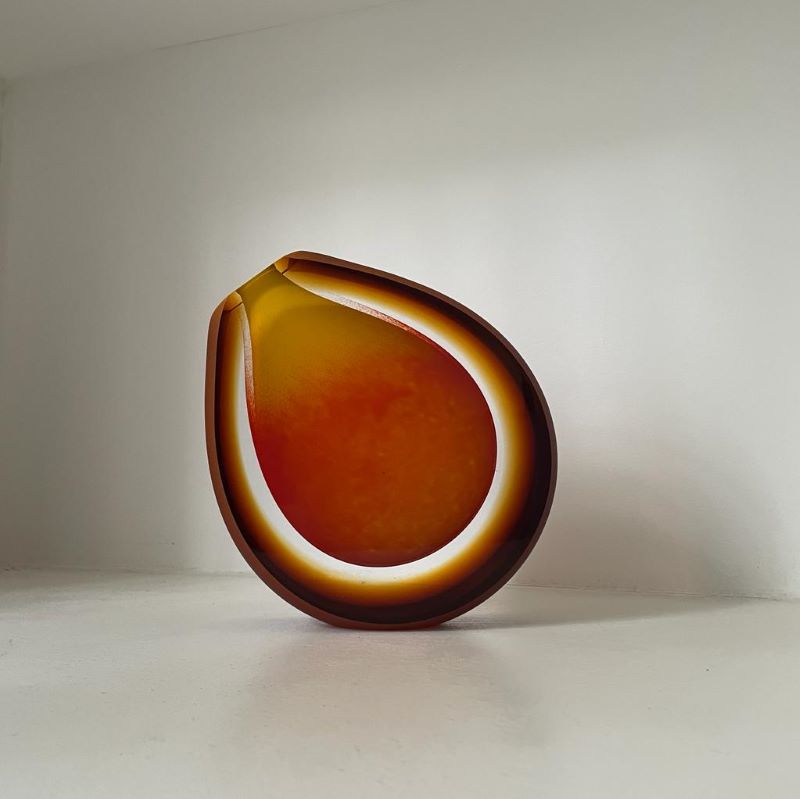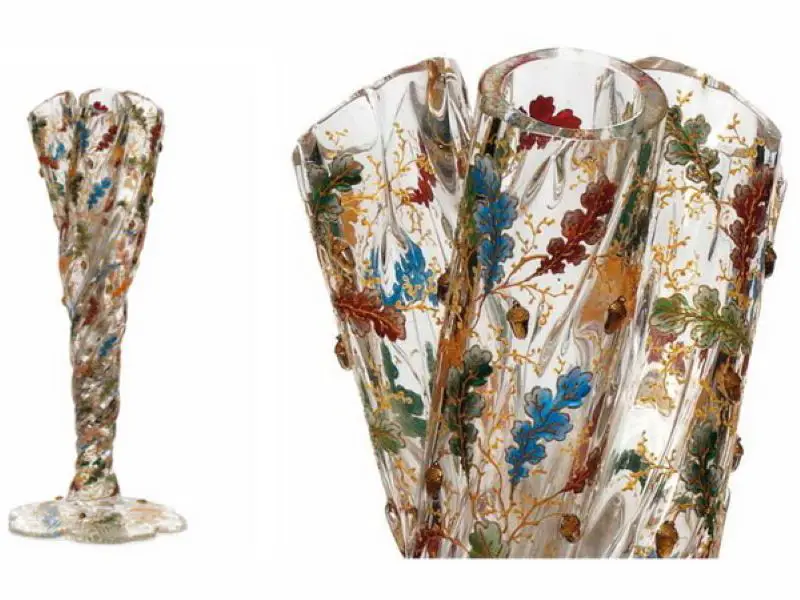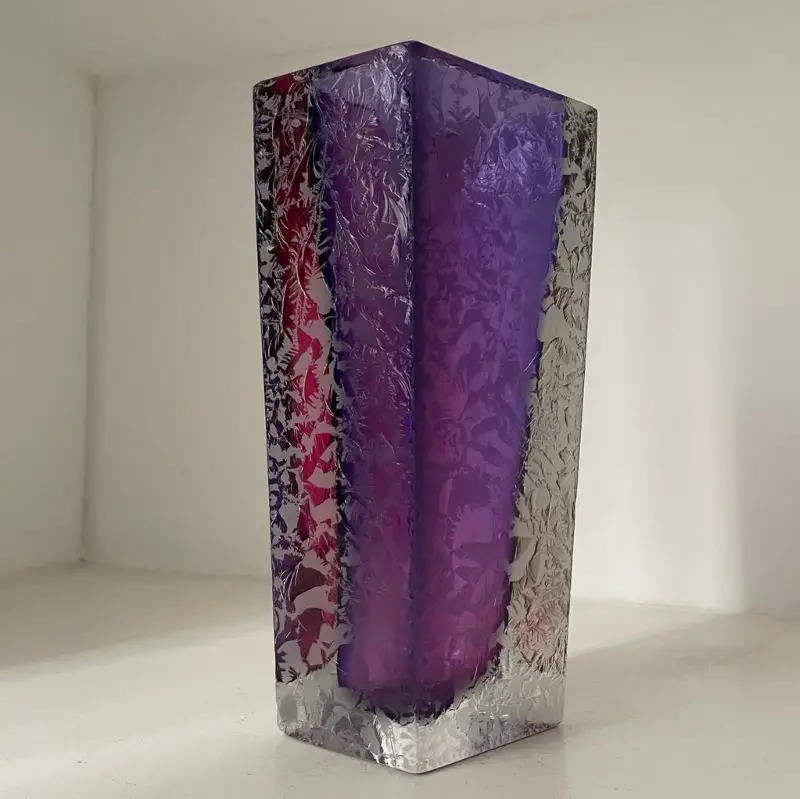Click here to get this post in PDF
The creative journey of a designer vase begins with a blank canvas, or in this case, a series of initial sketches. This isn’t just a figure of speech – the artist meticulously drafts the shape, engraving, and design elements of the future masterpiece. To the untrained eye, it might seem like a simple drawing, but it’s a vision brought to life by the designer, envisioning the ideal material and its transformation into the desired form.
Once the concept is finalized through these sketches, it is handed over to the skilled glassblowers. This is the approach taken by Moser Glassworks, where each stage is expertly managed by specialists well-versed in their craft. However, some modern vase designs are executed directly by the artists themselves.
Drawing on their experience and technical expertise, glass masters add intricate technological details, guiding the artwork through the entire production cycle.
Next comes the creation of a model, typically carved from raw wood, and occasionally metal when the form deviates significantly from the conventional. This model serves as the foundation for crafting a plaster mold.
Now, all is set for the actual blowing of the design vase from glass
Crystal shards and a glass sand mixture are placed in a furnace, reaching temperatures around 1500°C. The furnace then gradually cools overnight.
The production starts with crafting smaller, more intricate parts when the material is most pliable. As the temperature drops and the glass mass solidifies, larger and more massive elements are shaped.
Once the glass vase takes form, it undergoes controlled cooling to prevent stress within the crystal. The final step involves quenching, imparting additional strength to the piece.
For designer vases with colored crystal, metal oxides and rare earth elements are incorporated to achieve the desired hue.
If the vase design calls for intricate carving, this is the time to bring it to life. Depending on the complexity, a single product may take months to complete. Craftsmen employ various carving techniques such as engraving, etching, and surface carving to impart unique patterns and decorative elements.
Finishing touches include polishing the vase to bestow a brilliant shine and enhance its overall appearance.
The last stage involves rigorous quality control, ensuring the meticulous approach to production results in vintage art glass vases in exquisite condition. Explore the collection at Interior Hype’s online shop, featuring pieces from the last century and beyond.
You may also like: Humiio Graphic & Photo Art In Frames




